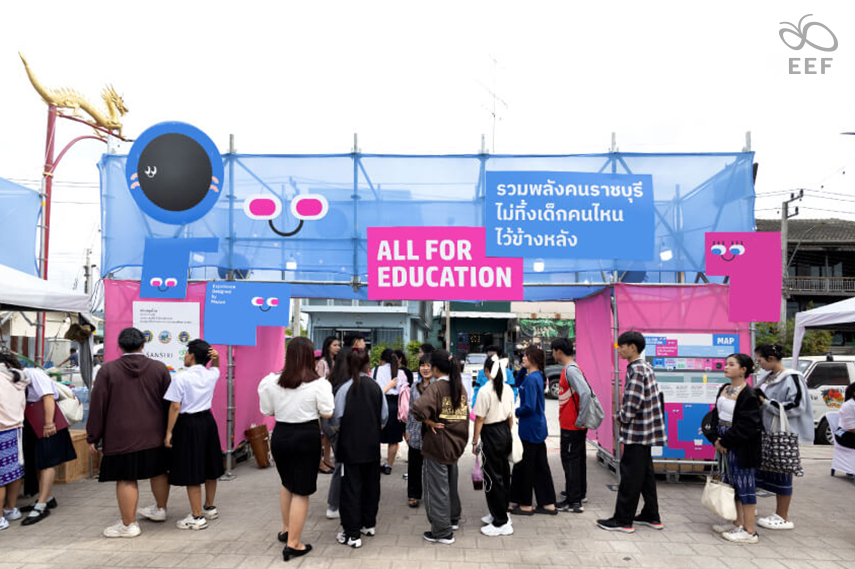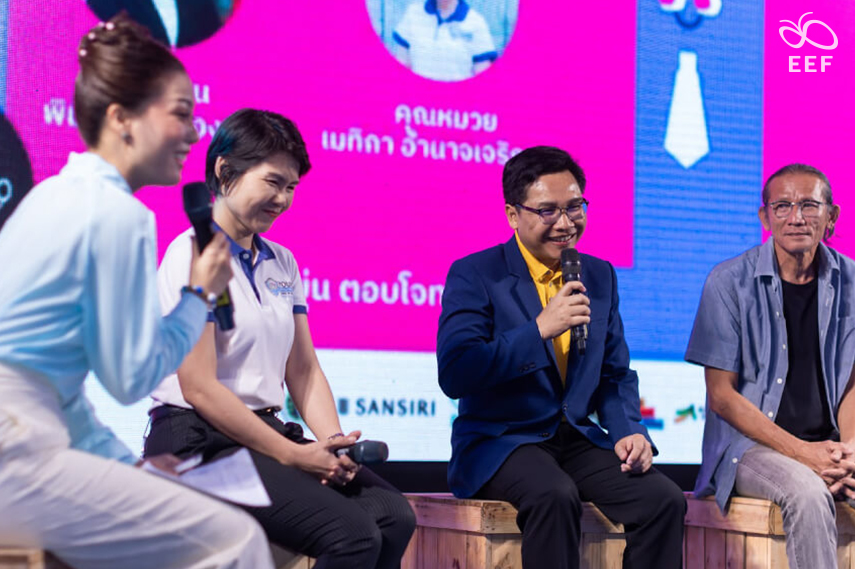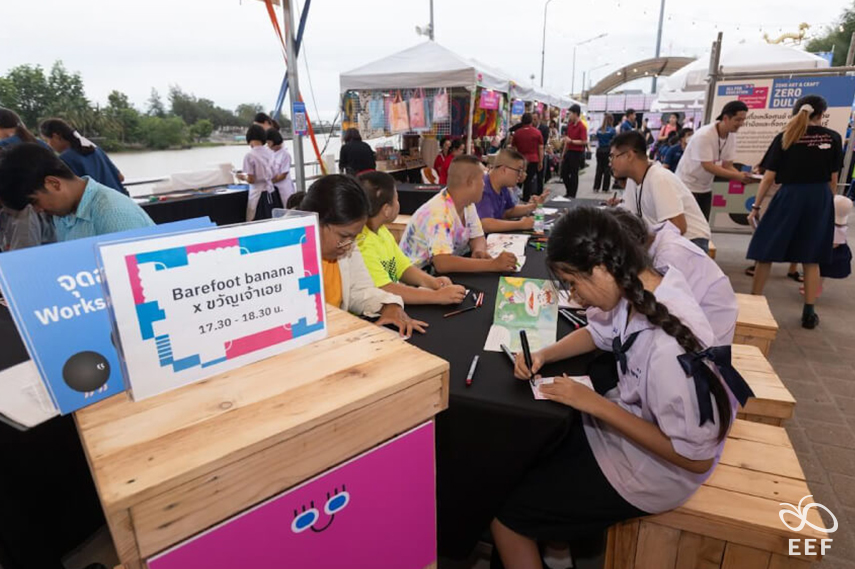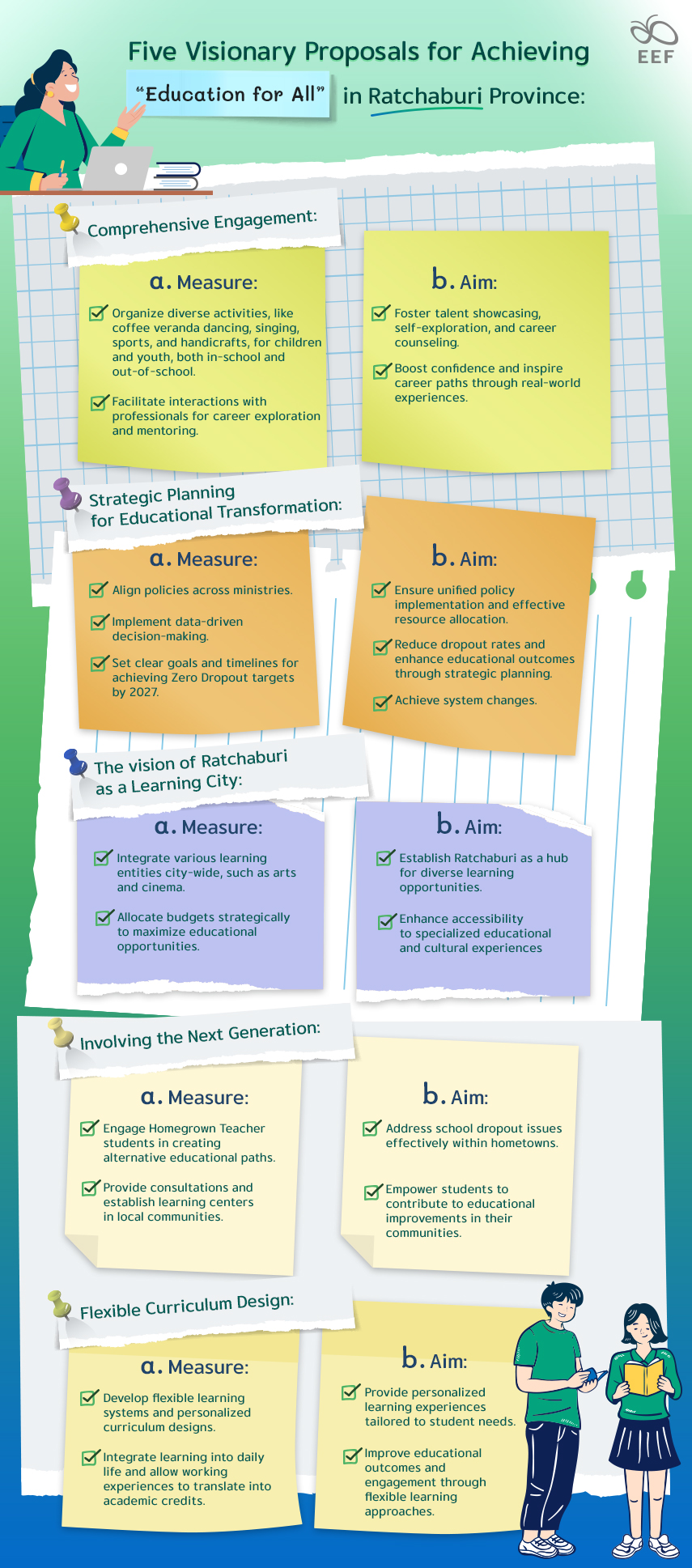
In the bustling workplaces of Ratchaburi, a revealing survey among employees has unveiled a troubling trend among the younger cohort: a significant deficit in their “well-rounded-ness,” attributed to the diminishing emphasis on essential soft skills crucial for success in adulthood. These skills, cultivated during formative years, extend far beyond mere academic prowess, serving as the bedrock of a positive work ethic and effective interpersonal relationships. Amidst a landscape where today’s children and youth feel compelled to pursue studies dictated more by external pressures — be it market demands or familial expectations — there arises a profound shortfall in these essential skills needed to navigate daily life. This stark reality invites a poignant reflection on bygone educational offerings, most notably Life Experiences Enrichment, Mannerism Building, and Foundational Vocational Training. While dismissed by some as obsolete, these erstwhile courses still hold profound relevance, proven to shape both personal fulfillment and professional trajectories in contemporary society.

A significant factor leading students to drop out — more commonly unknowingly than intentionally — is the school environment, particularly the subtle, insidious type of violence that more often than not goes unnoticed known as “Slow Violence.” This form of violence encompasses the environment, discourses, and actions that may not be immediately apparent but deeply impact children’s emotional well-being. Criticisms often place blame on children themselves for poor grades or incomplete studies, attributing it to their perceived lack of commitment or influence from peers. However, these critiques fail to address the underlying shortcomings within the school system, which fails to provide a safe and nurturing environment — imagine the level of discomfort children experience that makes them not want to attend school or trust outsiders more than their own school community. Reengaging these children in meaningful conversations is no simple task.
Meanwhile, students seeking to resume education face their own sets of challenges, particularly those after encountering legal hurdles — addressing issues of inclusivity becomes crucial for realizing the transformative potential of second chances. In the past, students compelled to drop out due to legal issues attempted to return to school for another opportunity to continue learning. Despite efforts, institutional procedures and constraints prevented their re-enrollment. Reflecting on these complexities, including institutional limitations and uncertainties about students’ future behaviors, it prompts the question of whether schools can offer unconditional second chances without fearing recurrence. With this in mind, the “Lifelong Learning Center” has been established to support individuals returning from legal challenges, assisting them in rediscovering their paths and pursuing aspirations — after all, beyond leaving the system, they often confront societal barriers as “ex-convicts,” irrespective of the nature of their offenses.

Yet, observing children engrossed in their phones shed light on the potential to transform their learning habits through the introduction of “Educational Mobile Schools.” Initially seen as a departure from entertainment-focused smartphone usage, these initiatives are designed to capture and document their daily learning encounters. By tracking and analyzing their posts, insights into their interests, strengths, and learning preferences can be gleaned, ultimately expanding their educational horizons.
The educational mobile schools represent a transformative break away from traditional institutional settings plagued by slow violence and systemic barriers that often lead to student disengagement. These innovative schools pivot towards flexible, student-centered learning environments, offering a safe, nurturing space that adapts to individual needs. By leveraging digital platforms familiar to students, they foster a sense of belonging and trust, crucial for re-engaging marginalized learners. For students facing legal challenges or societal stigma, these schools provide inclusive opportunities to resume education in a supportive, tailored setting. This holistic approach not only addresses educational disparities but also promotes societal integration and personal empowerment, enabling students to pursue their academic goals free from discrimination.

To bring such an alternative schooling to fruition, it emphasizes the necessity for educational flexibility and accessibility that transcends conventional boundaries. The current educational framework often replicates rigid governmental systems, constrained by fixed school hours and narrowly defined learning contexts — this limits the recognition of learning outside classroom settings, defeating the very purpose of educational mobile schools. To address this, schools must decentralize skill and knowledge ownership, empowering children to co-create their learning paths. Additionally, reducing restrictive benchmarks is essential to fostering a more adaptive learning environment. This approach aligns with initiatives utilizing technology to ignite children’s intrinsic motivation for learning, acknowledging the shift towards digital reliance in today’s society. Looking ahead, the envisioned transition to a more immersive virtual platform reflects a transformative leap toward enhancing learner autonomy and connectivity with educational content like never before.
The greatest challenge, as reflected from all perspectives, lies in the current educational system, which remains heavily invested and most easily quality-assured. The pivotal issue is how we can tailor-fit the system to accommodate and optimize each child’s entry, re-entry, and completion. Within this system, students fall into three distinct groups: the prepared upper tier, the general middle tier with varying levels of readiness, and the lower tier held back by multifaceted deficiencies — be it familial, financial, or health-related. Designing a system that comprehensively supports and meets the needs of every student across these diverse groups proves exceedingly complex, especially for those at risk of continuous exclusion from education if confined to traditional norms requiring arbitrary percentages and submissions for them to be qualified for examinations — some in the lower tier lack even basic supplies like stationery or tomorrow’s midday meal, let alone parental support. All perspectives considered, here are

Five visionary proposals for achieving “Education for All” in Ratchaburi Province:
Comprehensive Engagement:
Measure:
- Organize diverse activities, like coffee veranda dancing, singing, sports, and handicrafts, for children and youth, both in-school and out-of-school.
- Facilitate interactions with professionals for career exploration and mentoring.
Aim:
- Foster talent showcasing, self-exploration, and career counseling.
- Boost confidence and inspire career paths through real-world experiences.
Strategic Planning for Educational Transformation:
Measure:
- Align policies across ministries.
- Implement data-driven decision-making.
- Set clear goals and timelines for achieving Zero Dropout targets by 2027.
Aim:
- Ensure unified policy implementation and effective resource allocation.
- Reduce dropout rates and enhance educational outcomes through strategic planning.
- Achieve system changes.
The vision of Ratchaburi as a Learning City:
Measure:
- Integrate various learning entities city-wide, such as arts and cinema.
- Allocate budgets strategically to maximize educational opportunities.
Aim:
- Establish Ratchaburi as a hub for diverse learning opportunities.
- Enhance accessibility to specialized educational and cultural experiences.
Involving the Next Generation:
Measure:
- Engage Homegrown Teacher students in creating alternative educational paths.
- Provide consultations and establish learning centers in local communities.
Aim:
- Address school dropout issues effectively within hometowns.
- Empower students to contribute to educational improvements in their communities.
Flexible Curriculum Design:
Measure:
- Develop flexible learning systems and personalized curriculum designs.
- Integrate learning into daily life and allow working experiences to translate into academic credits.
Aim:
- Provide personalized learning experiences tailored to student needs.
- Improve educational outcomes and engagement through flexible learning approaches.
The findings and proposals highlight a pressing need for educational reform to cultivate well-rounded individuals equipped with essential soft skills crucial for adult success. Embracing flexibility and empathy are key strategies to address the identified deficits among Ratchaburi’s youth. Through advocating for comprehensive engagement via diverse activities and career mentoring, strategic educational planning, and positioning Ratchaburi as a dynamic Learning City, these initiatives not only target reducing dropout rates but also aim to foster a supportive environment conducive to thriving students. Involving the next generation in shaping alternative educational paths and promoting flexible curriculum designs further strengthens these efforts, ensuring personalized and relevant learning experiences. By prioritizing these visionary proposals, Ratchaburi can lead Thailand’s efforts in achieving Zero Dropout, promoting holistic development, and empowering youth to confidently navigate future challenges. This mission resonates perfectly with the EEF’s commitment to reducing educational inequality through research, collaboration, and support for children, youth, and adults in need.

